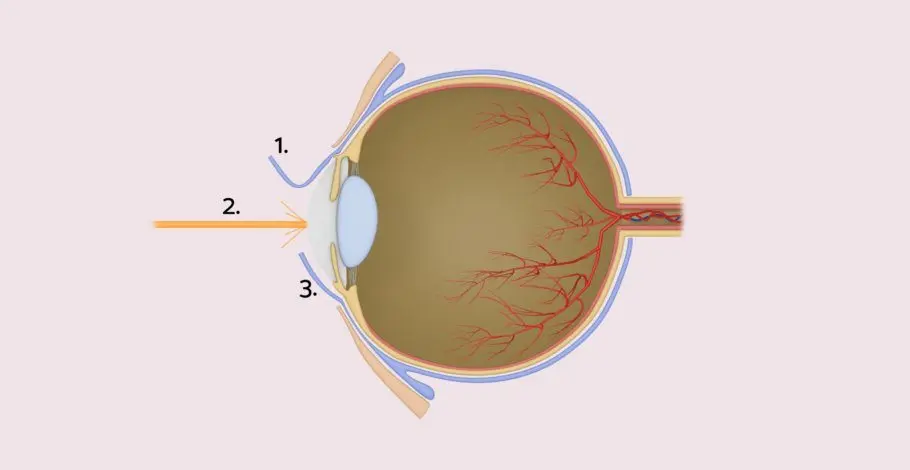Other Treatment Methods
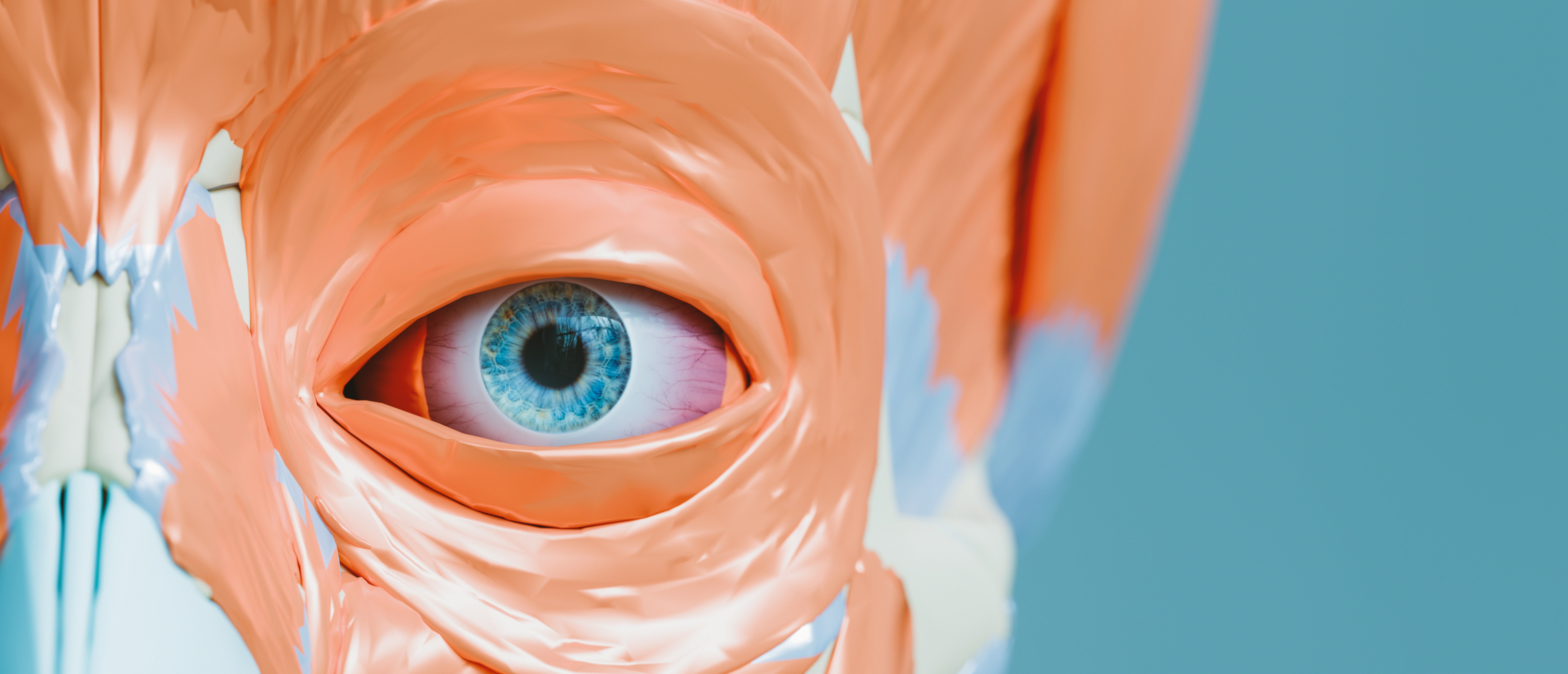
© Paris Bilal
Femto-LASIK
The technology of the femtosecond laser originates from physics and has been used since the 1980s primarily in basic research of photonics and nonlinear optics. The duration of the light pulses of this special laser is in the femtosecond range. The laser light, propagating at the speed of light, covers a distance of only 0.3 μm within a femtosecond (1 fs = 10–15 s) – which is about a hundred times smaller than the diameter of a human hair. Since 2001, ophthalmologists have also been using this modern method alongside numerous well-established laser technologies. Initially, the femtosecond laser was used in the context of corneal treatments – especially the so-called LASIK for the treatment of refractive errors and for corneal transplants . Since about 2012, there are also systems with which ophthalmic surgeons can treat a cataract .
LASIK with the femtosecond laser
The femtosecond laser allows the eye surgeon to treat tissue with very short, high-energy pulses (photodisruption). Compared to other laser technologies, the doctor does not "evaporate" or destroy tissue, but separates it using microscopically small plasma bubbles. The treatment duration depends on the application area; it is usually between 30 and 60 seconds for modern systems. In the context of the LASIK procedure, eye surgeons use the femtosecond laser instead of a mechanical scalpel (so-called microkeratome). They prepare an approximately 100 μm thin flap in the cornea, which is folded to the side for the actual laser treatment and later serves as a "body-own" bandage.
Experts for this Treatment Method
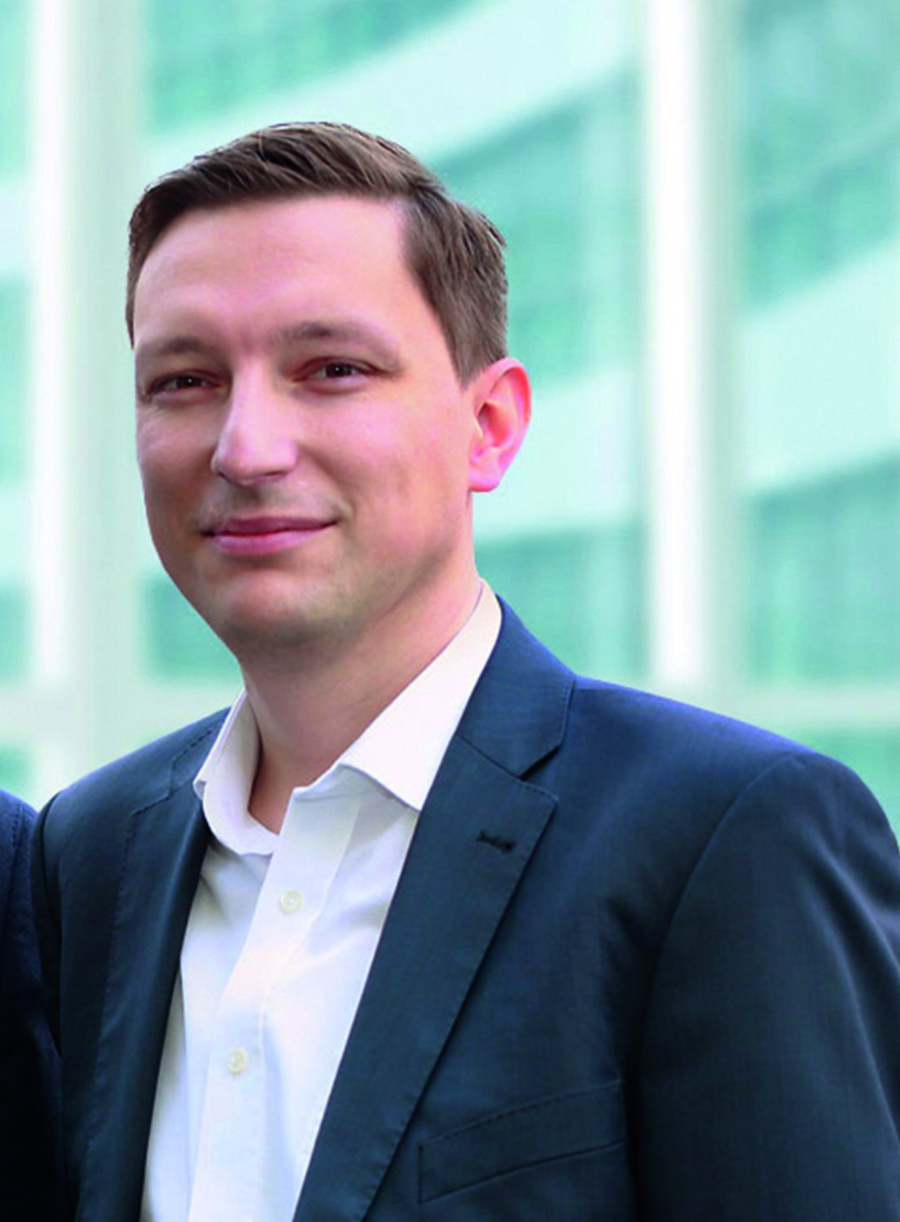
- Modern Ophthalmology
Dr. med. Ilya Kotomin
Smile Eyes Leipzig
- Modern Ophthalmology
Raphael Neuhann (FEBO)
Opthalmologikum Dr. Neuhann / Augentagesklinik am Marienplatz
- Modern Ophthalmology
Dr. med. Tabitha Neuhann
Opthalmologikum Dr. Neuhann / Augentagesklinik am Marienplatz
- Modern Ophthalmology
Prof. Dr. med. Tanja M. Radsilber
Augenzentrum Prof. Dr. med. Holzer & Prof. Dr. med. Rabsilber
- Modern Ophthalmology
Dr. med. Tobias Neuhann
Opthalmologikum Dr. Neuhann / Augentagesklinik am Marienplatz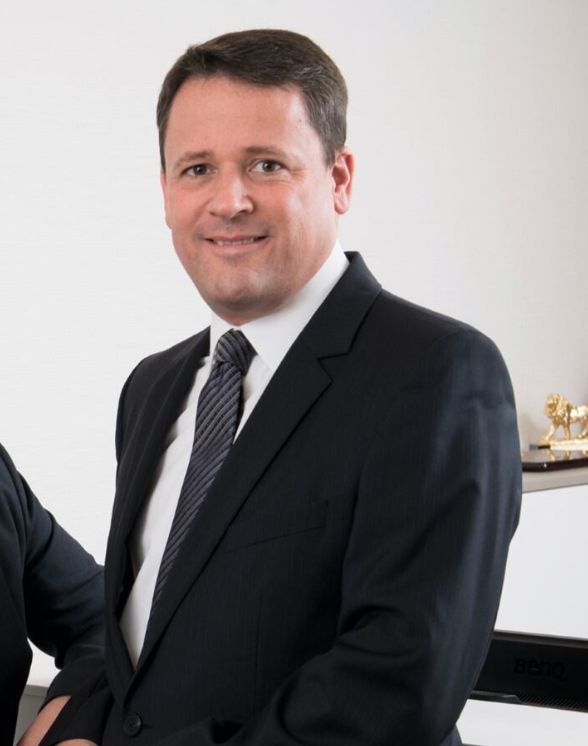
- Modern Ophthalmology
Prof. Dr. med. Mike Holzer
Augenzentrum Prof. Dr. med. Holzer & Prof. Dr. med. RabsilberAll Experts in this Department
Show All
- Modern Ophthalmology
Dr. Mirka R. Höltzermann
Augenpraxis Dr. Höltzermann, Dr. von Schnakenburg, Augenpraxis Dres. Höltzermann & von Schnakenburg
- Modern Ophthalmology
Dr. med. Ilya Kotomin
Smile Eyes Leipzig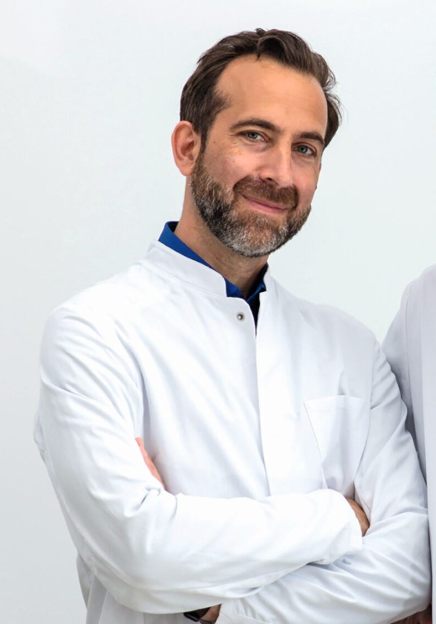
- Modern Ophthalmology
Priv.-Doz. Dr. med. Daniel Pilger
Smile Eyes Berlin
- Modern Ophthalmology
Raphael Neuhann (FEBO)
Opthalmologikum Dr. Neuhann / Augentagesklinik am Marienplatz
- Modern Ophthalmology
Dr. med. Tabitha Neuhann
Opthalmologikum Dr. Neuhann / Augentagesklinik am Marienplatz
- Modern Ophthalmology
